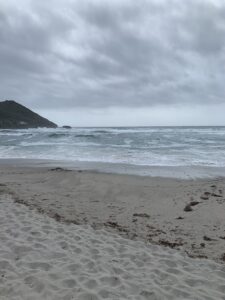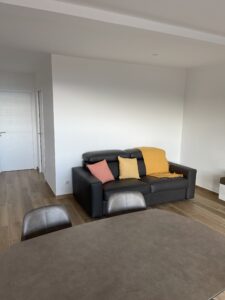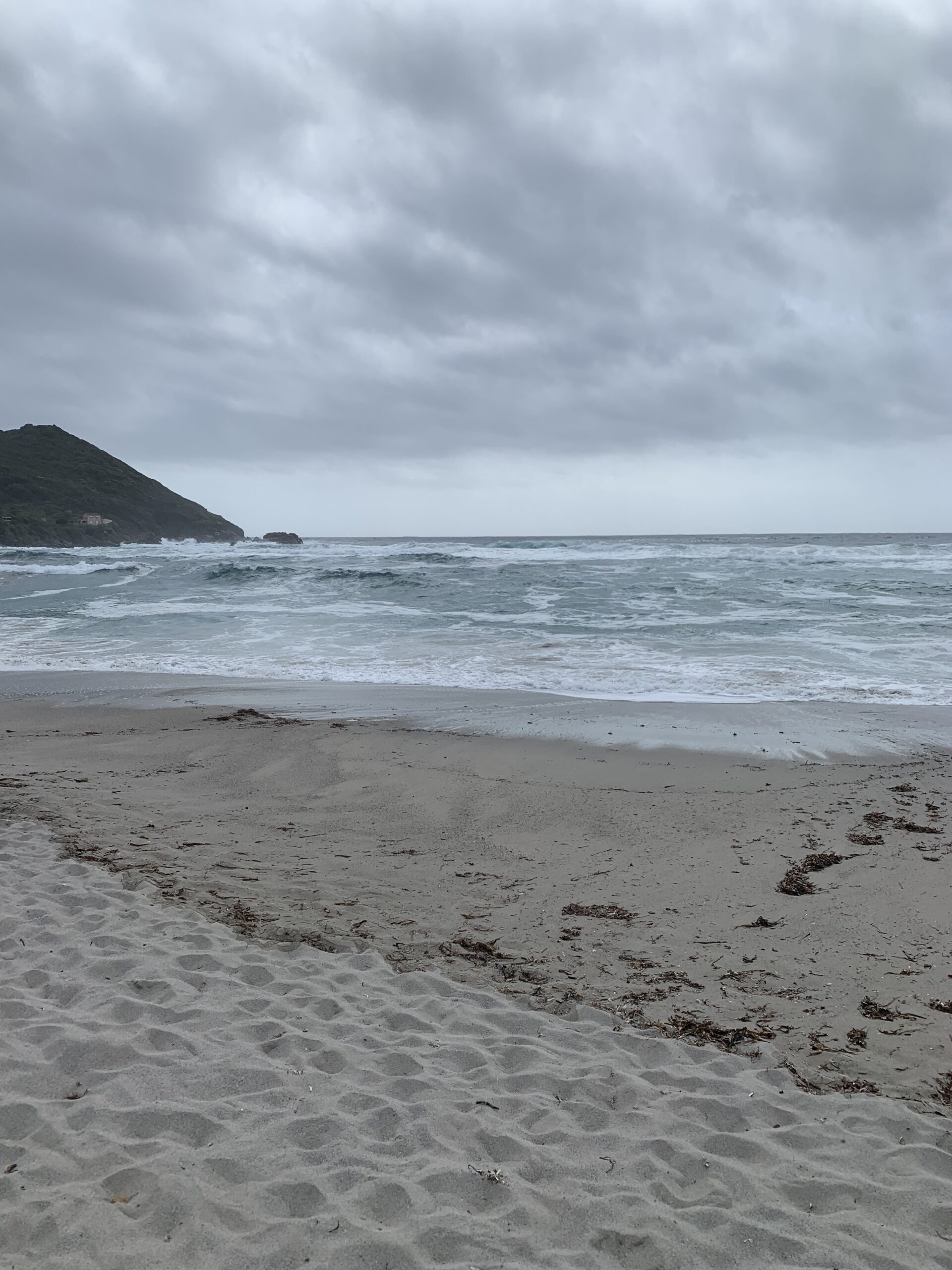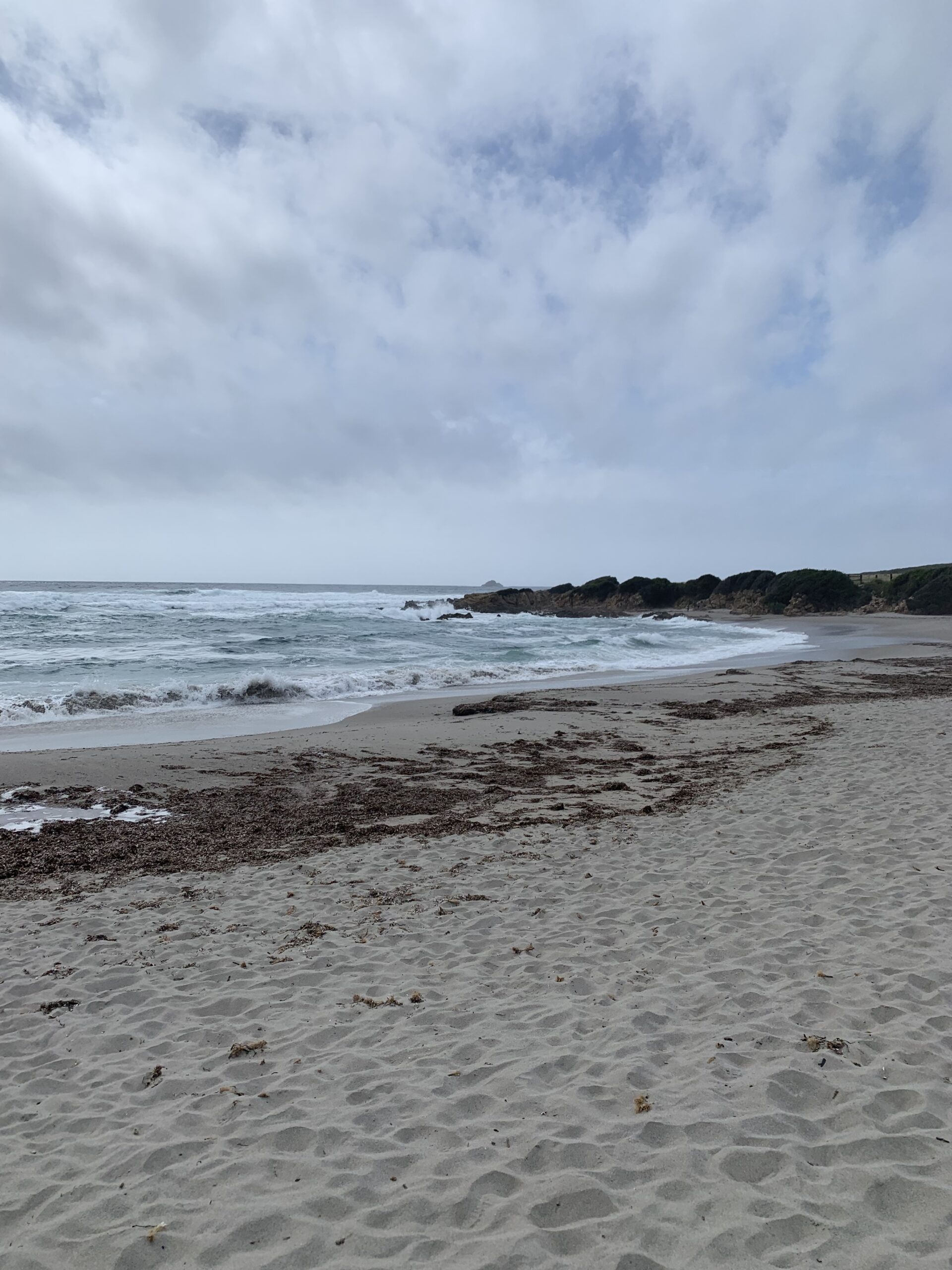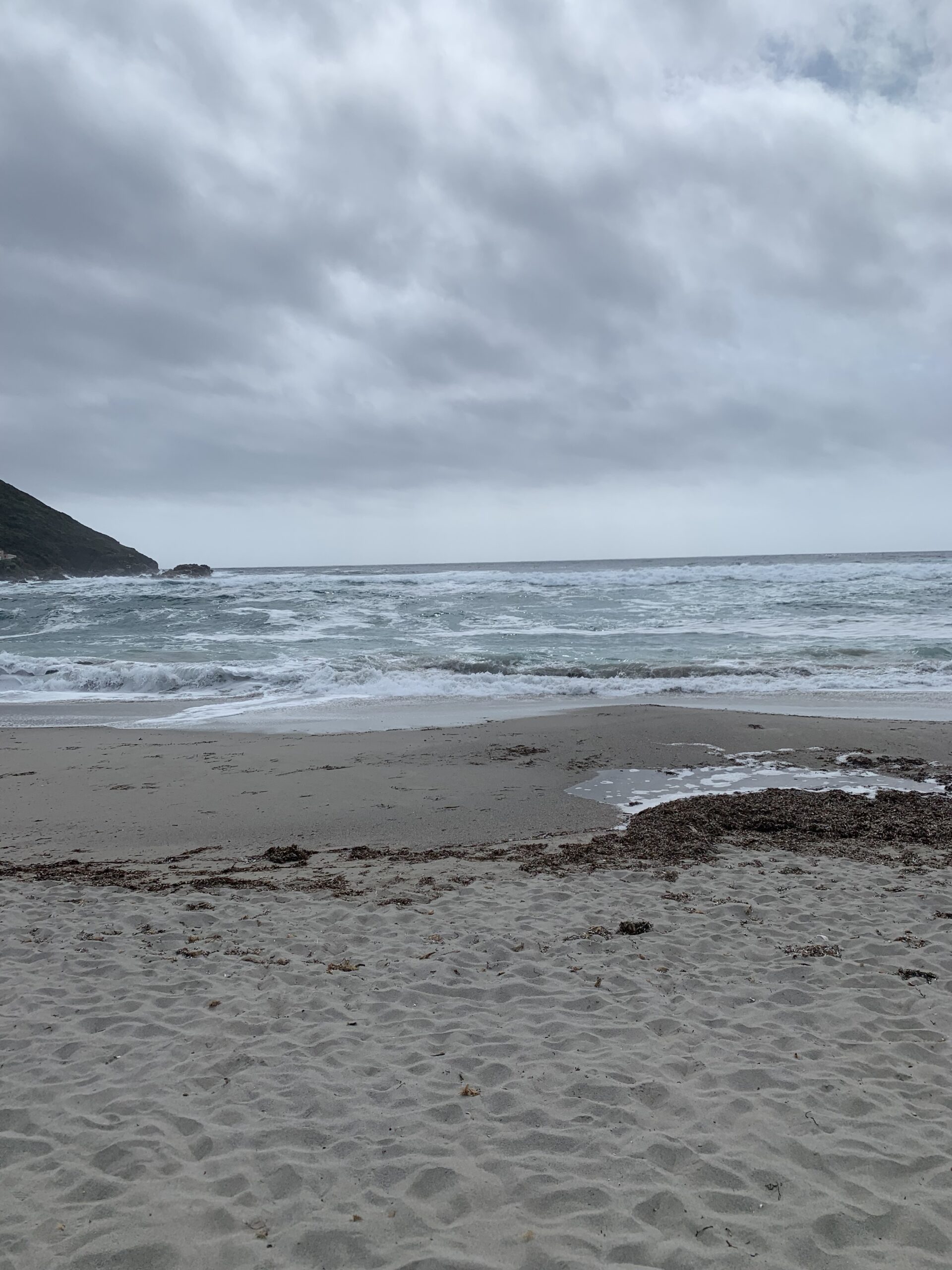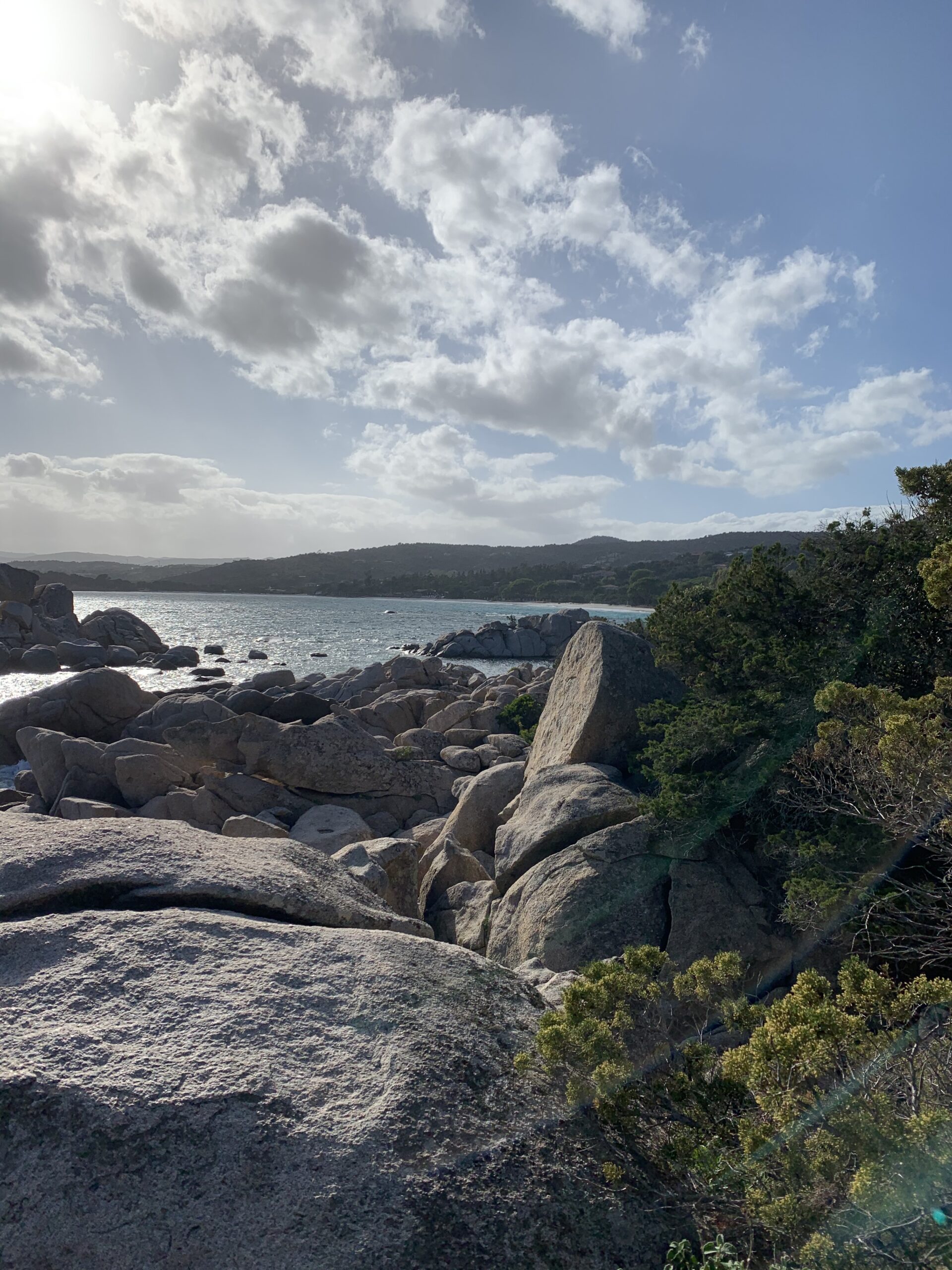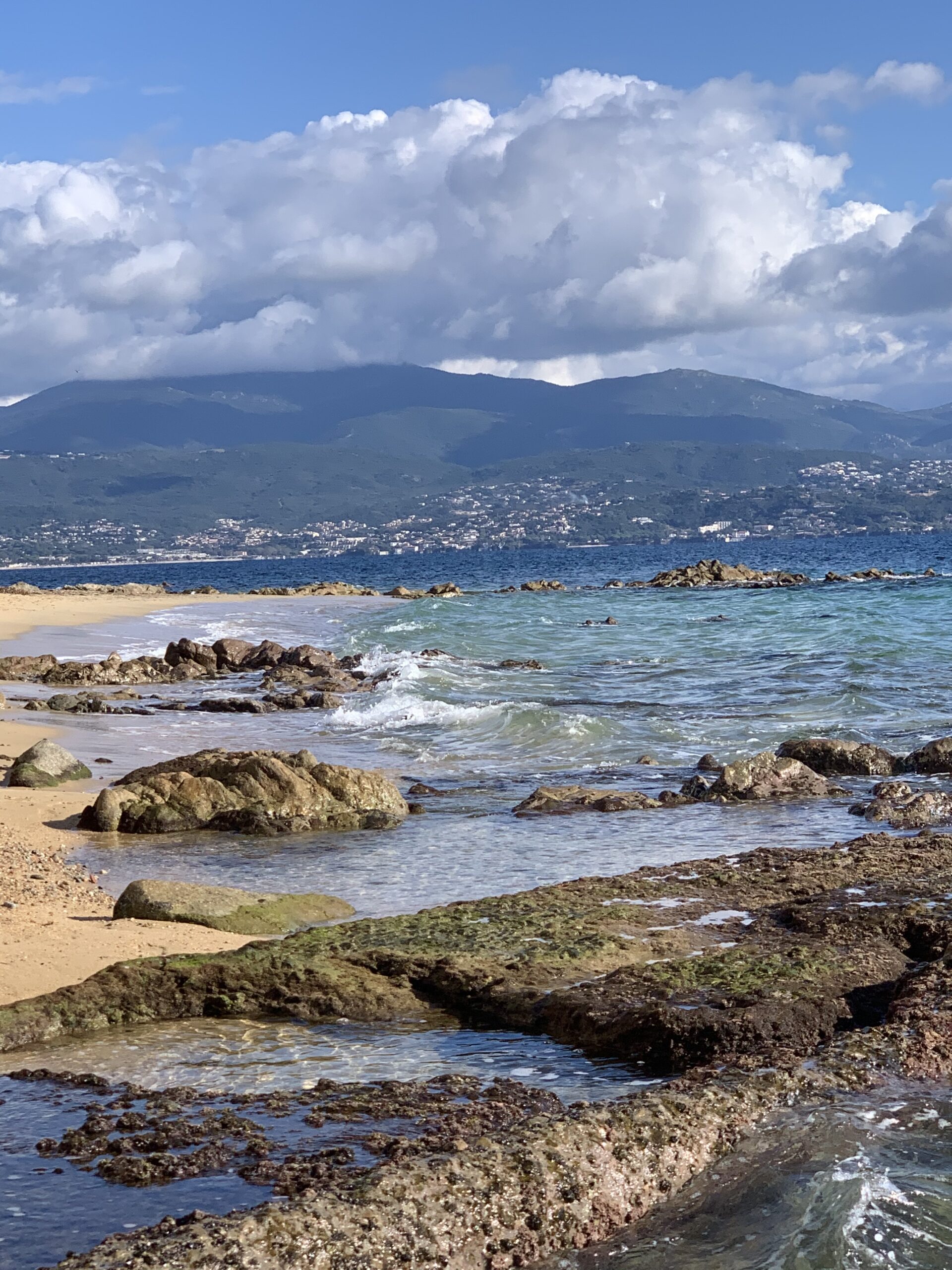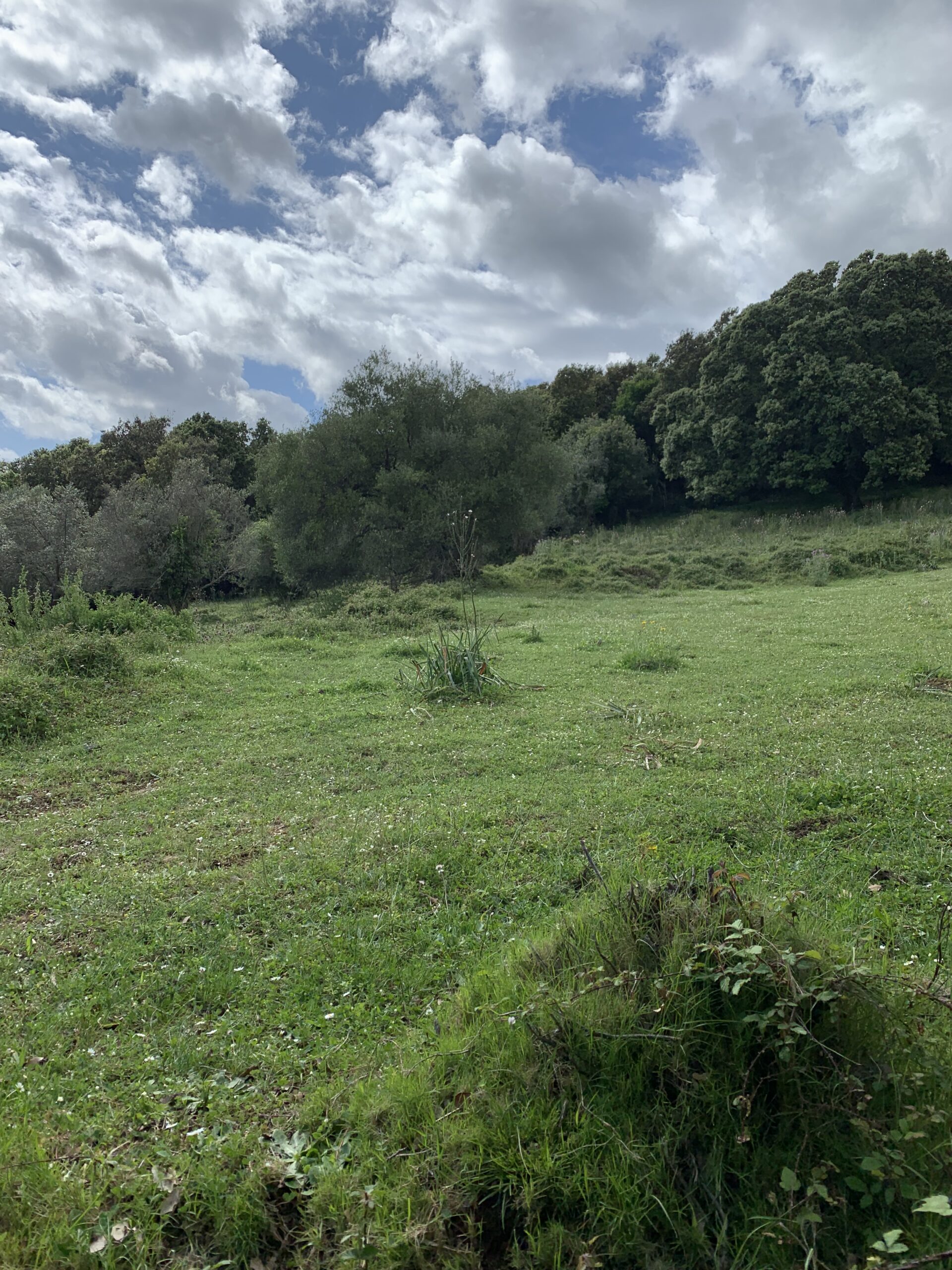Corsica, a powerful mountain range in the middle of the sea, is the 3rd of the islands of the Mediterranean Sea in surface area after Sicily and Sardinia, and the highest for its average altitude. Its powerful mountain range includes 120 peaks whose altitude is over 2,000 m. It is also the least densely populated of the French islands and departments (38 inhabitants/km²).
According to its geographical diversity, Corsica conceals a great diversity of landscapes, with a rich, rare and diversified fauna and flora. Many devices allow the preservation of this natural heritage, in particular the protection of the coast by the action of the Conservatory or numerous reserves or classified sites, without forgetting the Regional Natural Park which covers 40% of the heart of the island territory and two marine parks , around Cap Corse and in the mouths of Bonifacio. The forest is very present, with a forest now under the jurisdiction of the Collectivity of Corsica and communal or private forests with a wide variety of species, including Laricio pine, beech, holm or cork oak and others Mediterranean essences.
Similarly, the island has a whole range of diverse crops and livestock. From an economic point of view, farms with the greatest agronomic potential are concentrated on the eastern side of the island and in the lower valleys of the island. The agri-food processing sector is particularly buoyant and dynamic, with semi-industrial production and others of an artisanal nature often the work of the producers themselves. This is the case for goat and sheep cheeses as well as charcuterie.



